
CalamondinOrange (Citrofortunella microcarpa) Pflege & Vermehrung
Citrofortunella microcarpa, commonly known as calamondin or orange calamondin, is actually a small, bushy, evergreen tree or shrub belongs to the Rutaceae (Rue family).
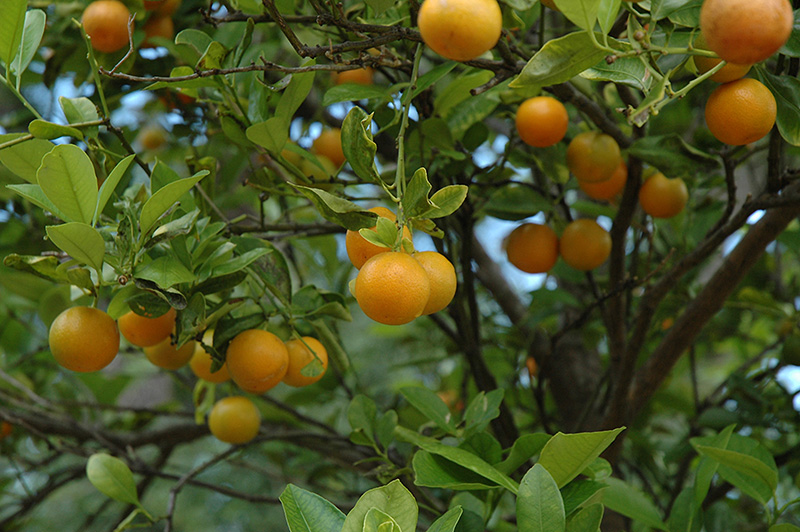
Calamondin (Citrofortunella x microcarpa) in Denver Centennial
×Citrofortunella J.W. Ingram & H.E. Moore [Citrus × Fortunella] P Species ×Citrofortunella microcarpa (Bunge) Wijnands [ Citrus reticulata × Fortunella japonica ] - calamondin P

x Citrofortunella microcarpa
20 November 2019 Citrofortunella microcarpa Author: CABI Authors Info & Affiliations Publication: CABI Compendium https://doi.org/10.1079/cabicompendium.109929 Datasheet Type: Host plant Get Access Abstract This datasheet on Citrofortunella microcarpa covers Identity, Distribution. Get full access to this article

Calamondin (× Citrofortunella microcarpa)
Fruit Description: One-and one-half inch, spherical fruit; very sour; green maturing to reddish-orange with bright-orange pulp when ripe. Fruit Availability: Winter to summer, with length varying by region. Plant Size: 6-20' x 6-8' W. Light: Full sun for best fruit production. Soil: Fertile, moist, well-drained.

× Citrofortunella microcarpa
The calamondin (Citrofortunella microcarpa) is a hybrid citrus fruit resulting from the crossing of a mandarin orange with a kumquat. It is a small, round-shaped fruit with thin, smooth skin ranging from orange to dark red. The aroma of the fruit is distinctive and unique. Calamondin is an excellent source of Vitamin C, D-Limonene, and essential oils, providing benefits to the immune system.
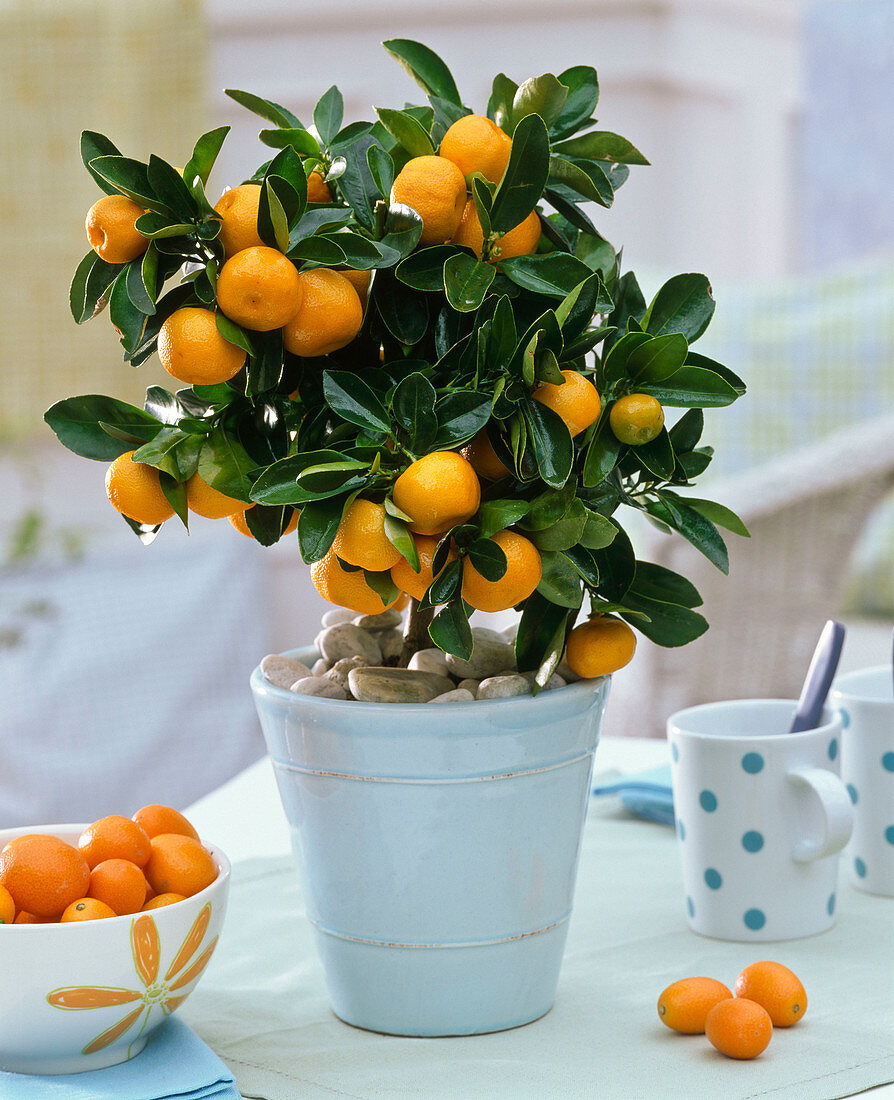
Citrofortunella microcarpa with pebbles … Buy image 12150309
Description Calamansi, Citrus x microcarpa, is a shrub or small tree growing to 3-6 m (10-20 ft). The plant is characterized by wing-like appendages on the leaf petioles and white or purplish flowers. The fruit of the calamansi resembles a small, round lime, usually 25-35 mm (1- 13⁄8 in) in diameter, but sometimes up to 45 mm ( 13⁄4 in).
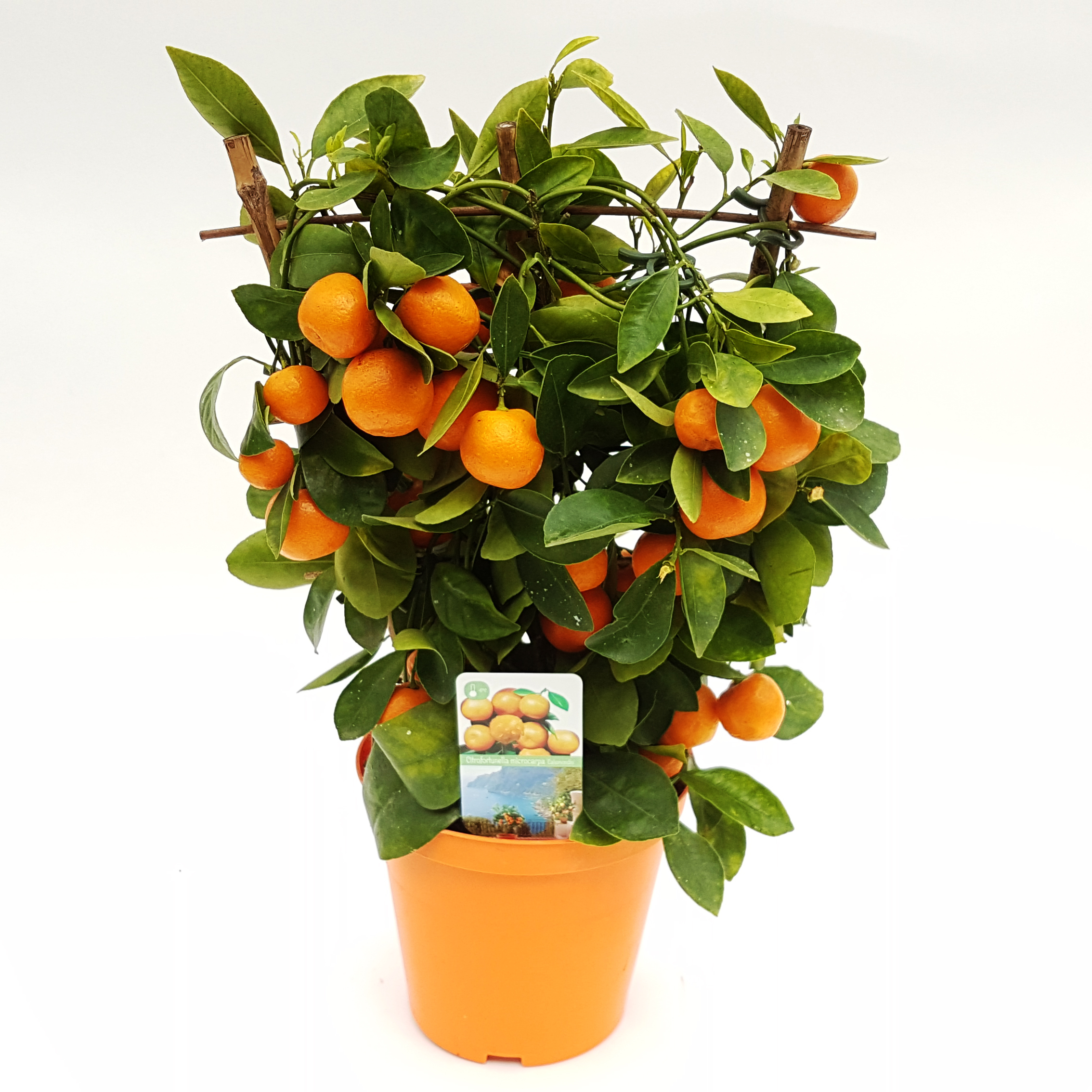
CITROFORTUNELLA MICROCARPA (Calamondin) GLISSANDO Garden Center
Citrofortunella microcarpa, locally known as calamansi in the Philippines, is an intergeneric hybrid between Citrus reticulata and Fortunella japonica. This fruit is widely cultivated in the.

× Citrofortunella microcarpa
Calamondin ( Citrofortunella microcarpa), also known as Calamansi orange, is a hybrid citrus fruit cross between a kumquat and other citrus species. It is classified in the family Rutaceae, which includes plants such as lime, pomelo, and tangerine [ 1 ].
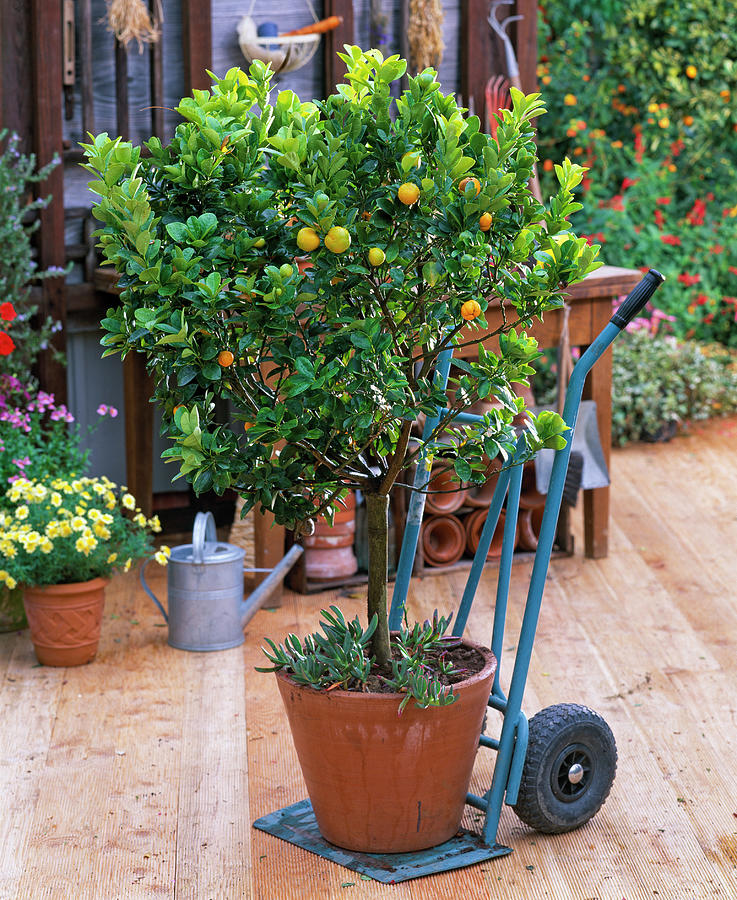
Citrofortunella Microcarpa calamondin Orange, Stems Photograph by
It belongs to the family Rutaceae. It is an intergenetic hybrid between a member of Citrus reticulata or "tangerine" and "kumquat" or Fortunella japonica. The calamansi tree has Manuscript received October 14, 2016; revised April 30, 2017.

Citrofortunella microcarpa, Calamondin Orange, Limau Kasturi Flowers
Citrofortunella microcarpa is an evergreen Tree growing to 5 m (16ft 5in). It is frost tender. It is in leaf all year. The species is hermaphrodite (has both male and female organs). Suitable for: light (sandy), medium (loamy) and heavy (clay) soils. Suitable pH: mildly acid, neutral and basic (mildly alkaline) soils. It cannot grow in the shade.

Calamondin X Citrofortunella microcarpa or X C. mitis Calyx Flowers
Growing Conditions Calamondin trees are suitable for outside planting in USDA zones 8A to 10B. Cold hardy to 20° F when mature, a young tree needs winter protection for the first 2 to 3 years. My trees have experienced temperatures down to 25 °F with some leaf damage and loss of fruit, but recovered completely by summer.

CITROFORTUNELLA MICROCARPA (Calamondin) GLISSANDO Garden Center
Citrus × microcarpa, commonly known as calamondin or orange calamondin, is a small, bushy, evergreen tree or shrub which probably originates from China or the Philippines. It is believed to be a cross between Citrus reticulata (mandarin) and Fortunella japonica (kumquat).

x Citrofortunella microcarpa BBC Gardeners World Magazine
The inhibitive action of extracts from Citrofortunella microcarpa (Calamansi) peels on mild steel in 1.0M HCl solution has been studied using the weight-loss method, electrochemical method, and SEM-EDX analysis. The measurements showed that calamansi peels have good inhibition properties. Weight loss results suggest that inhibitive efficiency increases as the concentration increases.

CITROFORTUNELLA MICROCARPA (Calamondin) GLISSANDO Garden Center
⚠ Citrus ships to Florida only ⚠. The Calamondin (Citrus × Citrofortunella microcarpa) inspires hope for resourceful citrus fanatics—This is the most commonly potted citrus variety.While it would be impressive fun to introduce guests to the 20-foot-tall citrus tree as they enter your home, maintaining a Calamondin tree is more easily attainable.
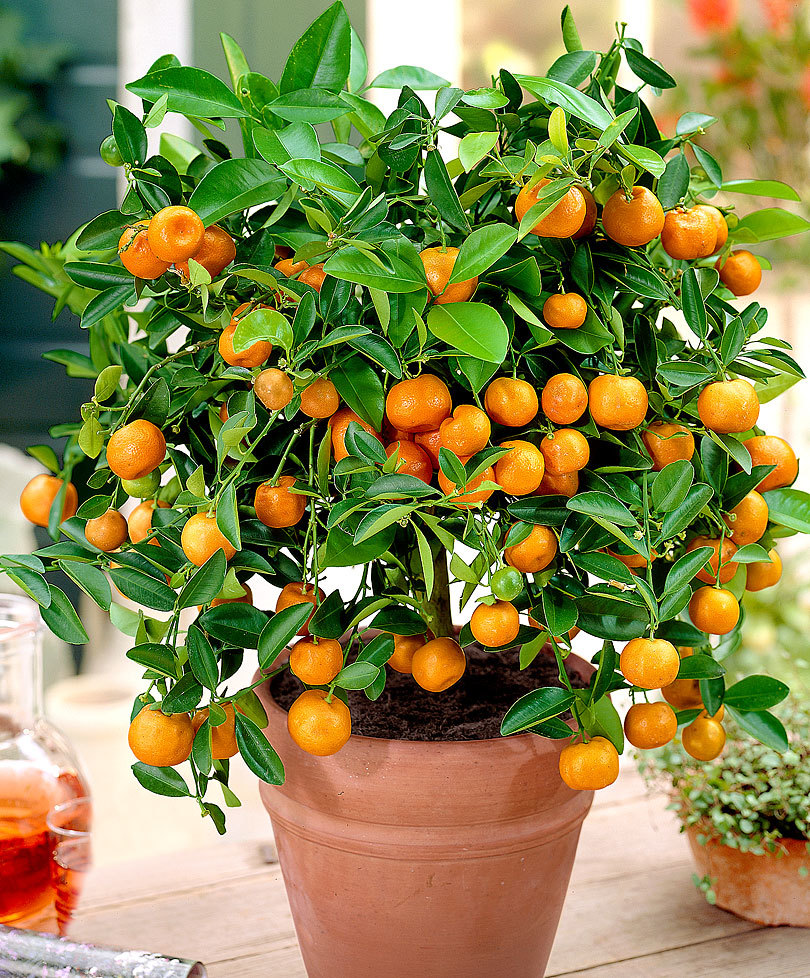
CITROFORTUNELLA MICROCARPA (Calamondin) GLISSANDO Garden Center
Citrus x microcarpa (Calamondin) is a bushy evergreen shrub of upright and columnar habit, prized for its elliptic, glossy rich green leaves and very small, round, orange fruits. The orange flesh is acidic, juicy, and contains a few seeds. The peel is thin and smooth, yellow-orange, and easily separable.
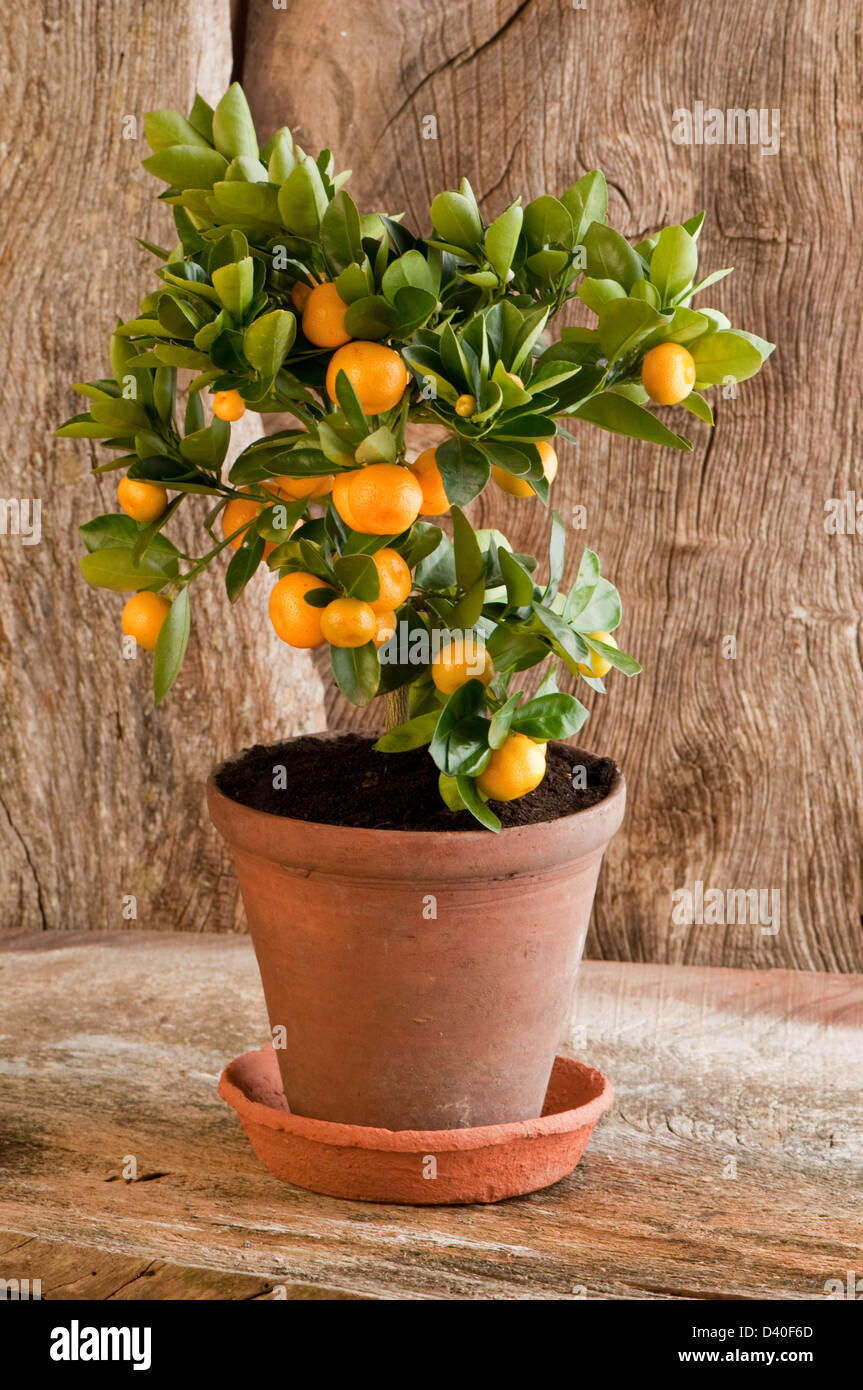
Calamondin orange, x citrofortunella microcarpa, plant in a terracotta
Molecules 2023, 28, 3401. https:// Abstract: The calamondin (Citrofortunella microcarpa) is a hybrid citrus fruit resulting from the crossing of a mandarin orange with a kumquat. It is a small,.